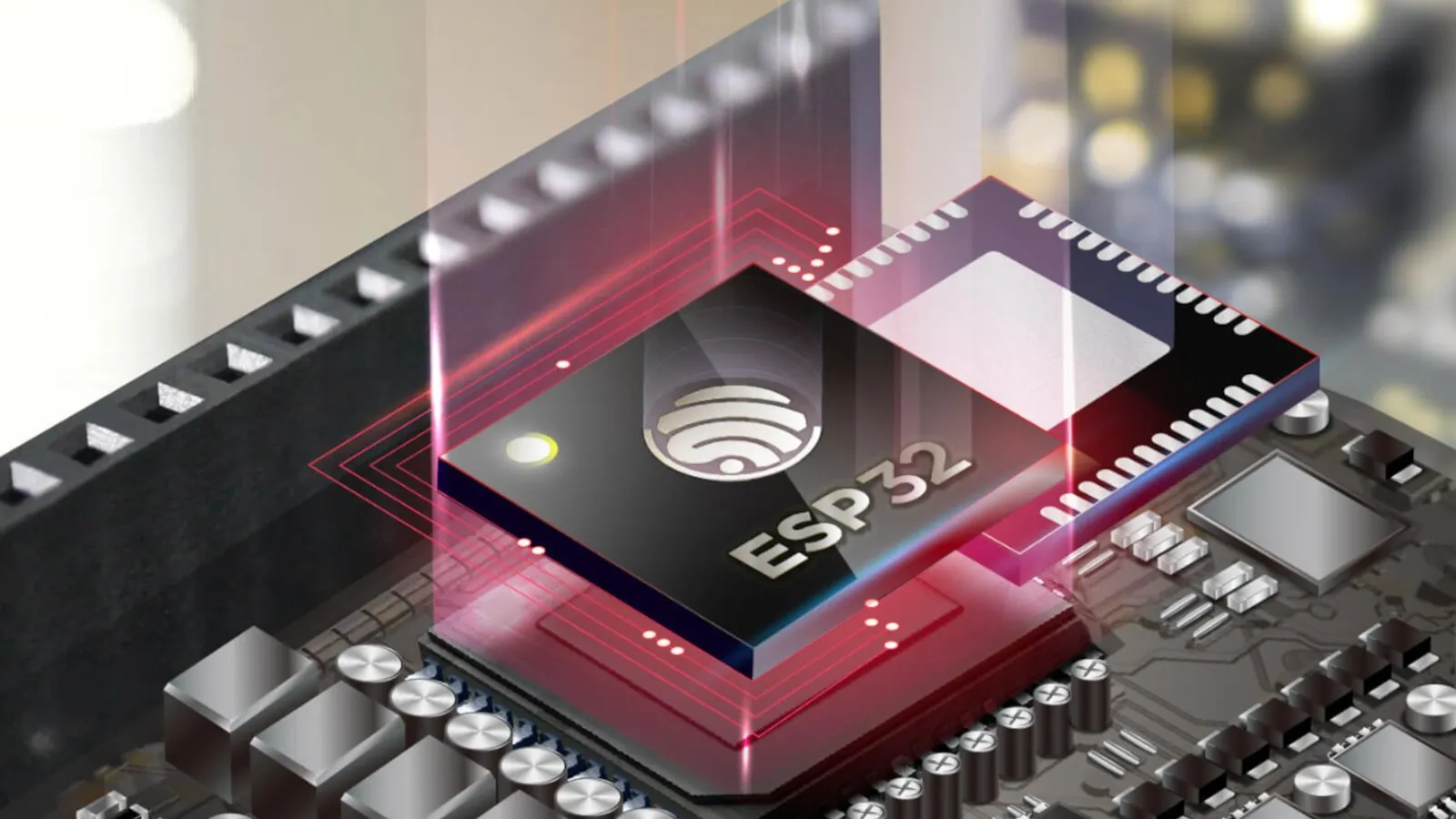Recent findings by cybersecurity experts have revealed a startling vulnerability that could potentially impact over a billion devices globally. A once-overlooked component, the ESP32 Bluetooth chip, used in countless smart devices, from mobile phones to medical equipment, harbors undocumented commands that pose a significant security threat.

Uncovering the Hidden Dangers in Common Technology
Manufactured by China-based Espressif, the ESP32 chip is a staple in many Internet of Things (IoT) devices due to its dual functionality supporting both WiFi and Bluetooth connections. Its widespread adoption is largely due to its cost-effectiveness, retailing at approximately $2 per chip. However, this affordability comes with hidden costs.
Researchers at Tarlogic, a renowned cybersecurity firm, have discovered that the ESP32 chip contains secret functionalities not disclosed by Espressif. These hidden commands, if exploited by hackers, could enable unauthorized access to a device, allowing them to mimic legitimate user profiles and engage in espionage activities. According to Tarlogic, this security loophole enables bad actors to “conduct impersonation attacks and permanently infect sensitive devices such as mobile phones, computers, smart locks, or medical equipment by bypassing code audit controls.”

The Scope and Impact of the Vulnerability
The implications of this discovery are far-reaching. By impersonating trusted devices, hackers could gain unrestricted access to personal and confidential information stored on billions of devices worldwide. This vulnerability, now tracked as CVE-2025-27840, underscores the potential dangers lurking in commonly used technology.
Innovations in Cybersecurity Research
In response to this alarming issue, Tarlogic has developed a new Bluetooth driver tool specifically designed to aid in Bluetooth-related security research. This tool was instrumental in uncovering a total of 29 exploitable hidden functionalities within the ESP32 chip. Such tools are essential for the ongoing efforts to safeguard digital privacy and security in an increasingly connected world.

The discovery of these hidden commands in the ESP32 chip serves as a critical reminder of the ongoing challenges in cybersecurity. As we continue to integrate technology into every aspect of our lives, the need for rigorous security measures has never been more apparent. Users and manufacturers alike must remain vigilant, ensuring that the devices we rely on daily are not only efficient and cost-effective but secure.










